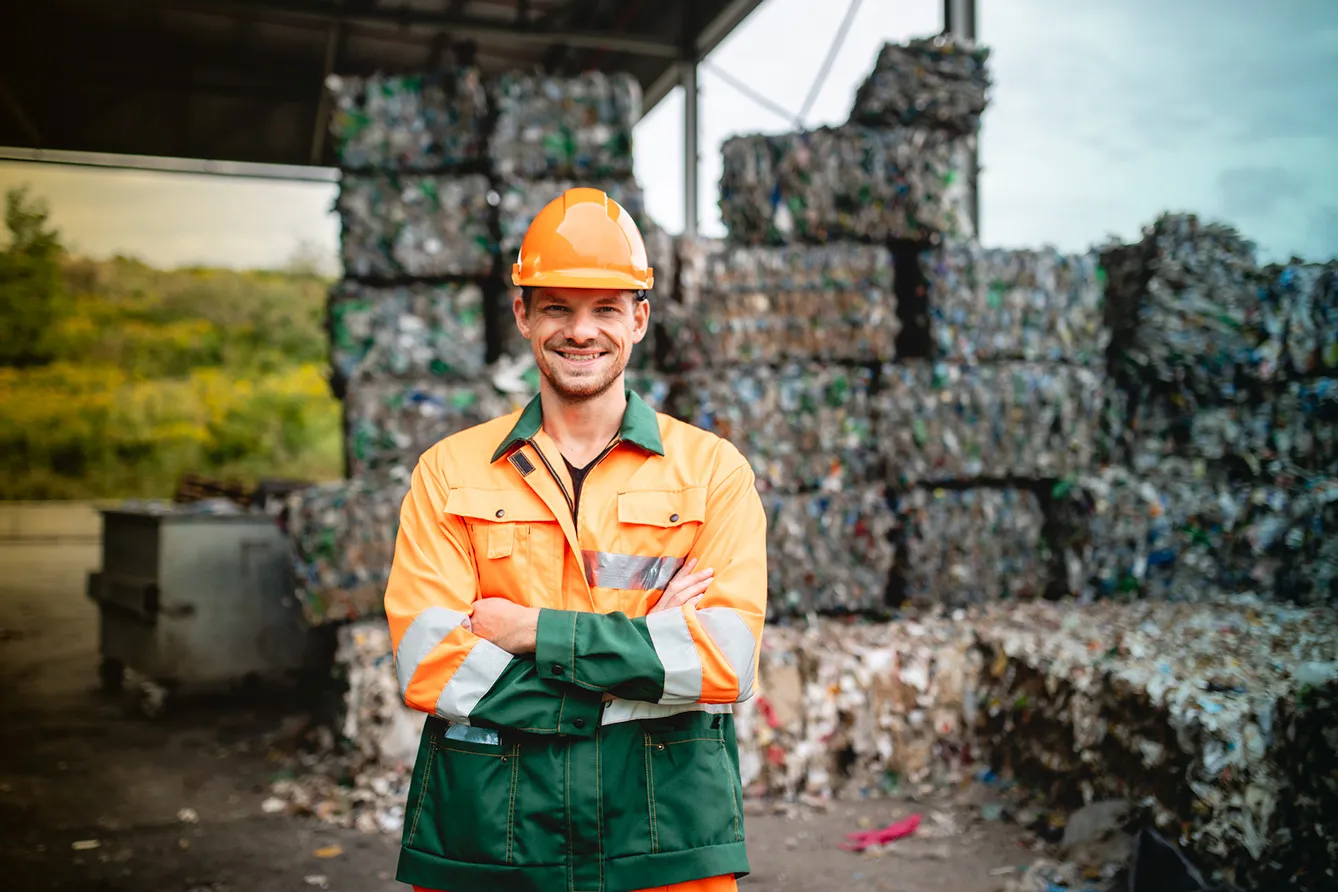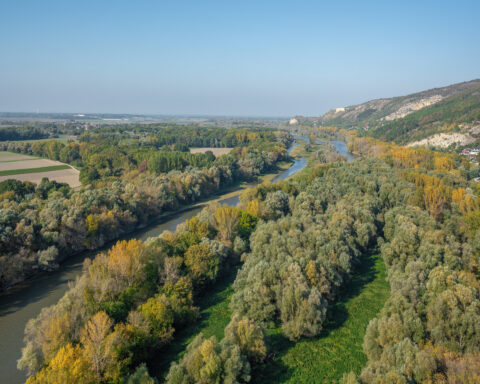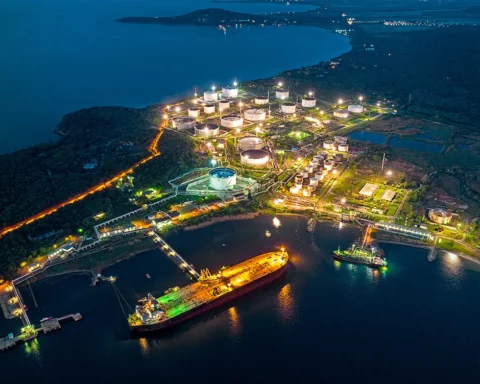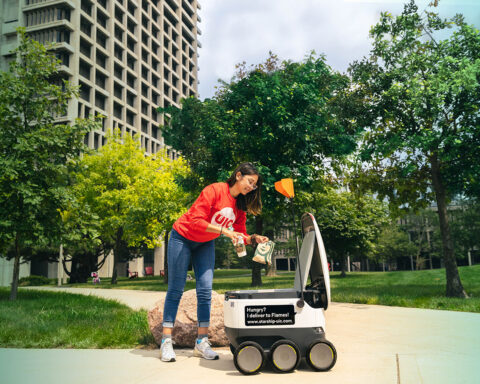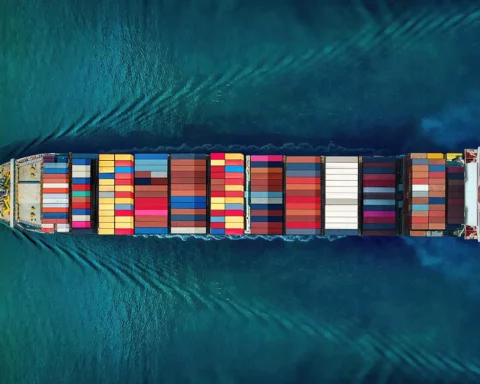When it comes to looks, Slovenia is very green indeed. Its ample coniferous forests, beech woodlands, and lush mountain pastures give the landscape an enviably emerald complexion. But the country’s attitude to recycling was once decidedly less so.
Before the year 2000, Ljubljana sent all its waste to landfill. Then it made a bold and forward-thinking move; it became the first European capital to commit to zero waste, aiming to reach a 75% recycling rate by 2025. Progress has gone even better than hoped. Slovenia now sits in Europe’s top three, with a 59% recycling rate – just a piece of cardboard and a couple of cans below Austria’s 62%. Only Germany recycles more, with an impressive 70% rate. But Slovenia’s recycling revolution wasn’t an easy ride; the first attempts at being a greener city failed.
A Waste of Recycling?
Introducing a landfill tax in 2001, Ljubljana began using the revenue generated to build up recycling infrastructure. In 2002, long before European directive deadlines, Slovenia installed color-coded bins on the city streets, asking people to dispose of waste accordingly: blue for papir (paper), yellow for embalaža (metal and plastic packaging), brown for biološki odpadki (biodegradable waste), and green for steklo (glass).
In 2006, biodegradable waste collection from homes was launched.
With this street-side recycling and composting, Slovenia was twenty years ahead of the curve; too far ahead, perhaps, because neither approach led to more effective waste collection. Lack of public awareness about the value of sorting rubbish resulted in very low use of these services. Why bother separating your wrappers from your beer cans when you could toss them all in the same bin? Slovenia’s recycling strategy needed a rethink.
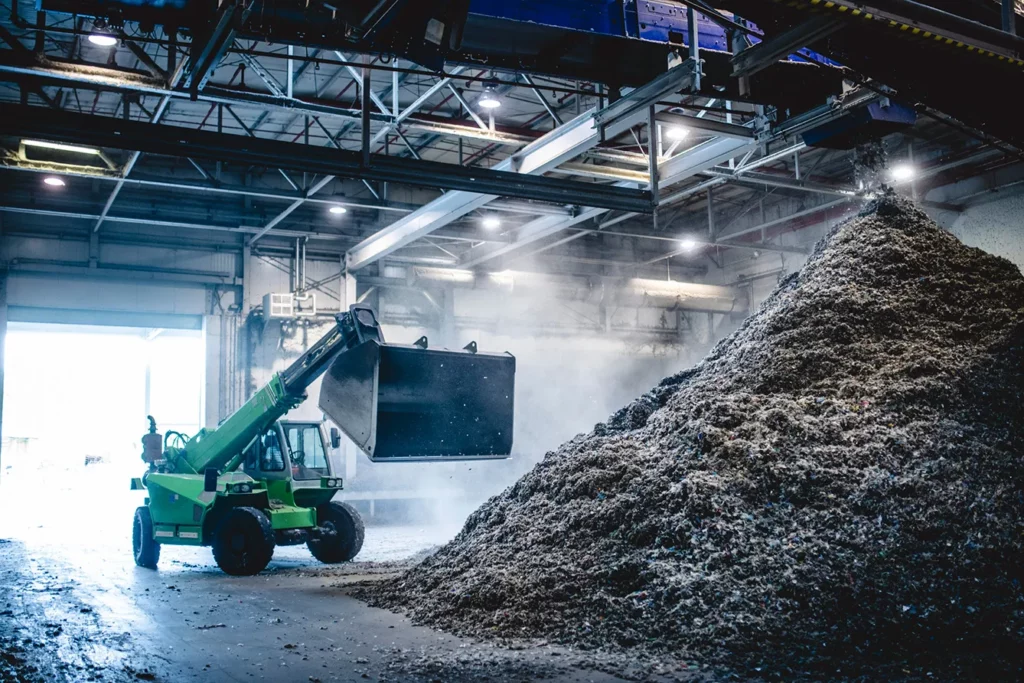
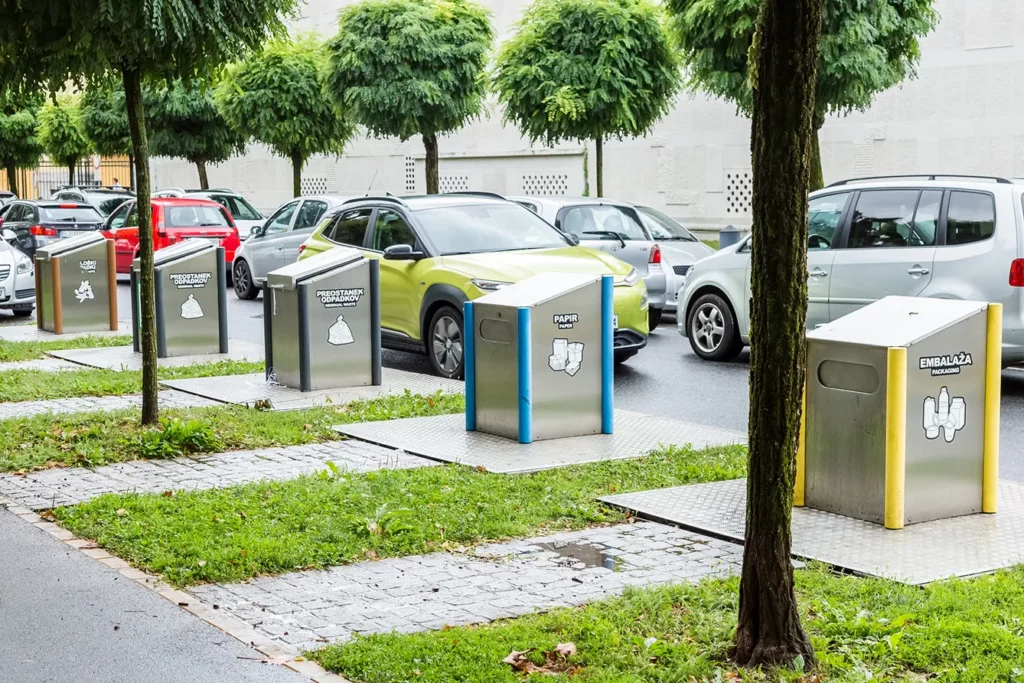
Pay as you throw
Snaga Ljubljana – the publicly held company that manages municipal waste – took the lessons learned and made changes. They introduced a ‘pay as you throw’ system; city center residents were given a smart card that recorded the amount of waste disposed of and were charged monthly.
Then, they launched a new door-to-door collection service for recyclable, biodegradable, and residual rubbish. The frequency of these collections was optimized based on the population density of each neighborhood, and SMS messages were sent to residents, reminding them of the schedule.
At first, locals opposed these policies. However, the new payment system incentivized waste separation. It made it cheaper to sort and recycle rather than throw everything in the same bin. It also allowed the city to gather valuable data on recycling habits and continually optimize its approach.
Along with the redesigned payment system, media campaigns gradually changed the public’s passive attitude. And in doing so, transformed Ljubljana from a land-filler, to a recycling leader.
The battle against bottled water
Slovenia has also taken steps to reduce waste in smaller but more visual ways. In popular tourist areas like Bled, information campaigns seek to lessen the purchase of bottled water by educating visitors that tap water is not only drinkable but extremely high quality.
“Slovenia has one of the highest-quality drinking waters in Europe. This makes buying bottled water in Bled totally unnecessary,” says Romana Purkart, Green Coordinator of Bled.
A network of free drinking fountains has been created; there’s even a map to help guests locate them. By 2016, over 63% of waste was separated correctly, sending Ljubljana into the top ranks of European cities when it came to waste management. Residents now produce about 33% less waste than the average European.
Of course, there is still work to be done if Ljubljana is to achieve its goal of becoming a true zero-waste city. But Slovenia’s forward-thinking policies, combined with real action on the ground, are bearing results that are making the country’s recycling rates the envy of others.


